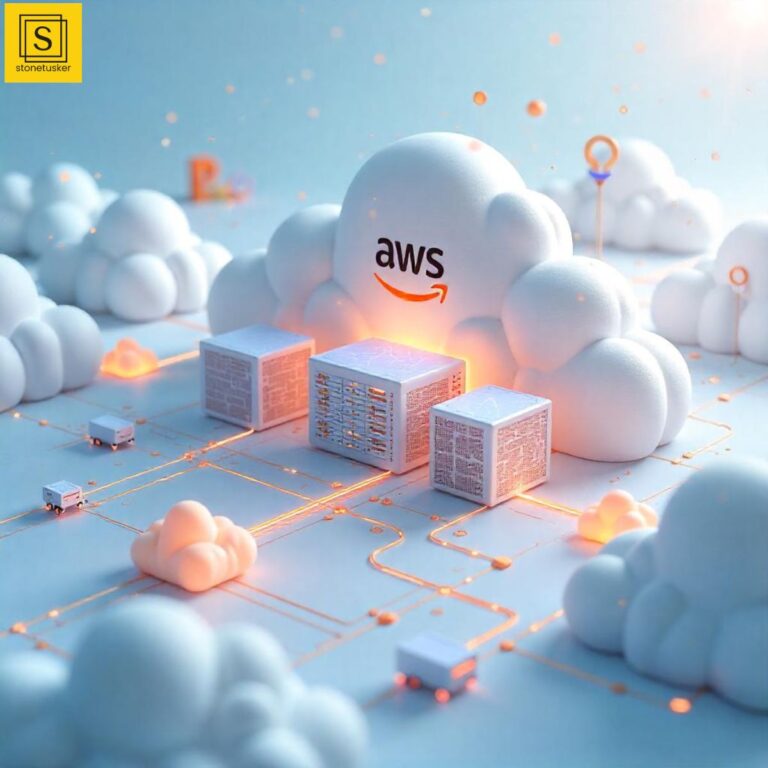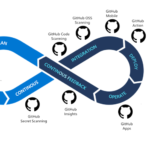AWS Marketplace stands as a premier platform for software vendors to reach millions of AWS customers globally. Whether you’re launching a SaaS solution, a containerized application, or traditional software, deploying your product on the AWS Marketplace can accelerate your sales, simplify procurement, and increase your product’s visibility. But how exactly do you navigate this process? What types of products can you release, and what prerequisites must you meet? This comprehensive guide walks you through everything you need to know to successfully deploy your product on the AWS Marketplace.
Understanding the AWS Marketplace and Its Importance
The AWS Marketplace is a curated digital catalog that helps customers find, buy, and deploy software and services that run on AWS. It offers a streamlined procurement experience with flexible pricing models, including pay-as-you-go, annual subscriptions, and metered billing. For vendors, it’s a powerful channel to scale globally without the complexities of direct sales and billing management.
Key benefits of releasing your product on AWS Marketplace include:
- Access to millions of AWS customers worldwide
- Automated billing and procurement through AWS accounts
- Flexible pricing models tailored to your business needs
- Integrated deployment options for various product types
- Enhanced security and compliance visibility for customers
Types of Products You Can Deploy on AWS Marketplace
AWS Marketplace supports a variety of product types, each with unique deployment and release considerations:
1. SaaS (Software as a Service) Products
SaaS products are cloud-hosted applications that customers access over the internet without managing infrastructure. AWS Marketplace allows vendors to list SaaS offerings with flexible subscription models and usage-based pricing.
2. Containerized Products
Containerized applications packaged as Docker images or Kubernetes Helm charts can be deployed via AWS Marketplace. These products often integrate with Amazon Elastic Kubernetes Service (EKS) or Amazon Elastic Container Service (ECS), enabling customers to deploy at scale.
3. AMIs (Amazon Machine Images)
Traditional software packaged as AMIs lets customers launch pre-configured virtual machines on Amazon EC2. This is ideal for software requiring dedicated compute resources.
4. CloudFormation Templates
Infrastructure as Code (IaC) templates that automate deployment of complex architectures including your software and dependencies.
5. Data Products
Datasets or APIs that customers can subscribe to for integration into their workflows.
Step-by-Step Guide to Deploying Your Product on AWS Marketplace
Step 1: Become an AWS Marketplace Seller
- Create an AWS account if you don’t have one.
- Enroll in the AWS Marketplace Seller Program via the AWS Marketplace Management Portal (AMMP).
- Complete the necessary tax, banking, and legal documentation.
Step 2: Prepare Your Product
- Package your product according to the type (SaaS, container, AMI, etc.).
- Ensure your product meets AWS security and compliance standards.
- Develop clear product descriptions, pricing models, and usage instructions.
Step 3: Create a Product Listing
- Login to the AWS Marketplace Management Portal.
- Fill out product details: title, description, categories, pricing, and support information.
- Upload your product package or link to your SaaS endpoint.
Step 4: Test Your Product Listing
- Use the AWS Marketplace sandbox environment to validate deployment and billing workflows.
- Verify that customers can successfully subscribe and launch your product.
Step 5: Submit for AWS Review
- Submit your product listing for AWS Marketplace review.
- Address any feedback or required changes from AWS.
Step 6: Publish and Monitor
- Once approved, your product goes live on the marketplace.
- Monitor customer usage, feedback, and billing reports via the AMMP.
Readiness Checklist for AWS Marketplace Releases
Before submitting your product, ensure you have the following prerequisites and readiness criteria met:
- AWS Partner Network (APN) Membership: While not mandatory, APN membership provides benefits like technical support and marketing resources.
- AWS Seller Account: Registered and verified with completed tax and banking info.
- Product Packaging: Properly packaged according to AWS Marketplace product type guidelines.
- Security Compliance: Your product must comply with AWS security best practices, including data encryption and secure access.
- Pricing and Billing Model: Defined pricing strategy (subscription, usage-based, free trial, etc.) compatible with AWS billing.
- Support and Documentation: Clear user guides, support contact info, and SLAs.
- Testing: Successful testing in AWS Marketplace sandbox environment.
- Legal Agreements: Acceptance of AWS Marketplace Seller Agreement and any relevant third-party licenses.
Challenges and Solutions in AWS Marketplace Deployment
Challenge 1: Navigating AWS Marketplace Policies and Compliance
Solution: Engage early with AWS Marketplace support and review detailed documentation to ensure your product meets all policy requirements. Consider APN consulting partners for expert guidance.
Challenge 2: Packaging Complex SaaS or Containerized Products
Solution: Use AWS-provided tools like AWS SaaS Boost for SaaS products and AWS Marketplace Container Product Builder for containerized apps to streamline packaging and deployment.
Challenge 3: Pricing Strategy Alignment
Solution: Analyze competitor pricing and AWS billing models carefully. Leverage metered billing APIs for usage-based pricing, and consider offering free trials to attract customers.
Latest Tools and Technologies for AWS Marketplace Deployment
- AWS Marketplace Management Portal (AMMP): Central dashboard for managing listings, pricing, and customer subscriptions.
- AWS SaaS Boost: Open-source framework to accelerate SaaS product deployment on AWS.
- AWS Marketplace Container Product Builder: Tool to package and publish containerized products.
- AWS Marketplace Metering Service API: Enables usage-based billing for SaaS and container products.
- AWS CloudFormation: Automates infrastructure deployment for complex products.
Future Outlook and Emerging Trends
The AWS Marketplace continues to evolve rapidly, with trends shaping its future:
- Increased SaaS Adoption: More vendors are shifting to SaaS models with seamless integration and pay-as-you-go pricing.
- Expansion of Containerized Offerings: Growing demand for Kubernetes and container-based deployments is driving new marketplace capabilities.
- AI and Machine Learning Solutions: Specialized AI/ML products are gaining traction, offering customers ready-to-deploy models.
- Multi-Cloud and Hybrid Cloud Support: AWS Marketplace is expanding to support hybrid environments and multi-cloud deployments.
- Enhanced Partner Ecosystem: AWS is fostering deeper collaboration with ISVs and partners to accelerate go-to-market strategies.
Real-World Examples
Example 1: Datadog’s SaaS Monitoring Solution
Datadog offers its cloud monitoring SaaS product on AWS Marketplace, enabling customers to subscribe and deploy monitoring agents seamlessly across AWS environments. This integration simplifies procurement and billing, driving Datadog’s growth.
More info: Datadog on AWS Marketplace
Example 2: Bitnami’s Containerized Applications
Bitnami provides pre-packaged containerized applications on AWS Marketplace, allowing customers to deploy complex apps on Amazon EKS with a few clicks, accelerating time-to-value.
More info: Bitnami on AWS Marketplace
Conclusion
Deploying your product to the AWS Marketplace is a strategic move to expand your market reach, simplify sales, and leverage AWS’s global infrastructure. Whether you offer SaaS applications, containerized solutions, or AMI-based software, understanding the deployment process, readiness checklist, and available tools is vital for success. By following this expert guide, you can confidently navigate the AWS Marketplace ecosystem, overcome common challenges, and position your product for growth in the cloud marketplace.
Ready to take your software to the next level? Start your AWS Marketplace journey today and unlock new opportunities.
Further Reading & References
- AWS Marketplace Management Portal Documentation
- AWS Marketplace SaaS Products Overview
- How to Sell Software on AWS Marketplace (AWS Blog)
- AWS Marketplace User Guide
- Book: AWS Certified Solutions Architect Official Study Guide by Joe Baron et al., for understanding AWS infrastructure basics.
Contact Us: If you want expert assistance with your AWS Marketplace deployment or cloud product strategy, contact us here. Let’s accelerate your cloud business growth together!



